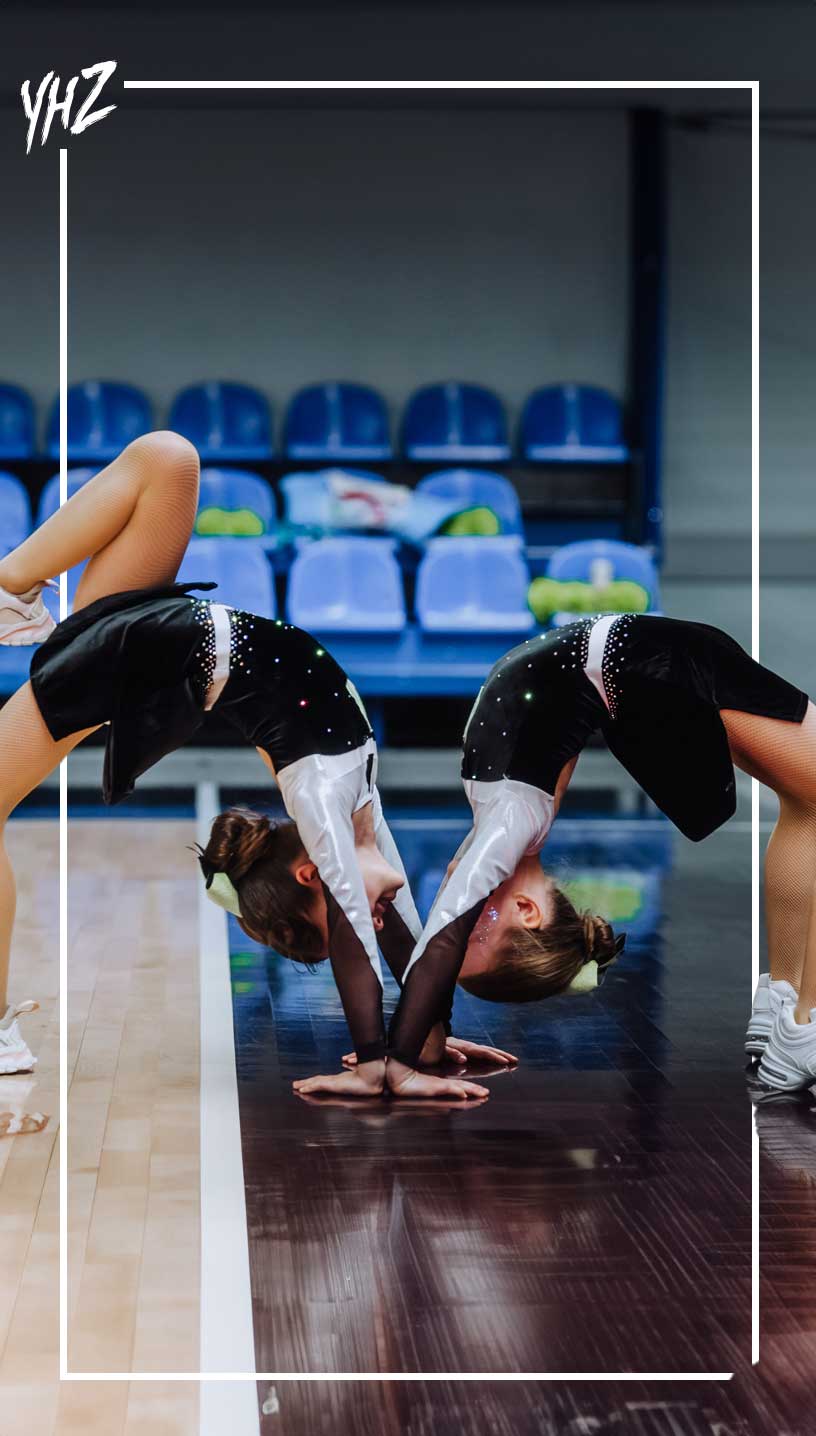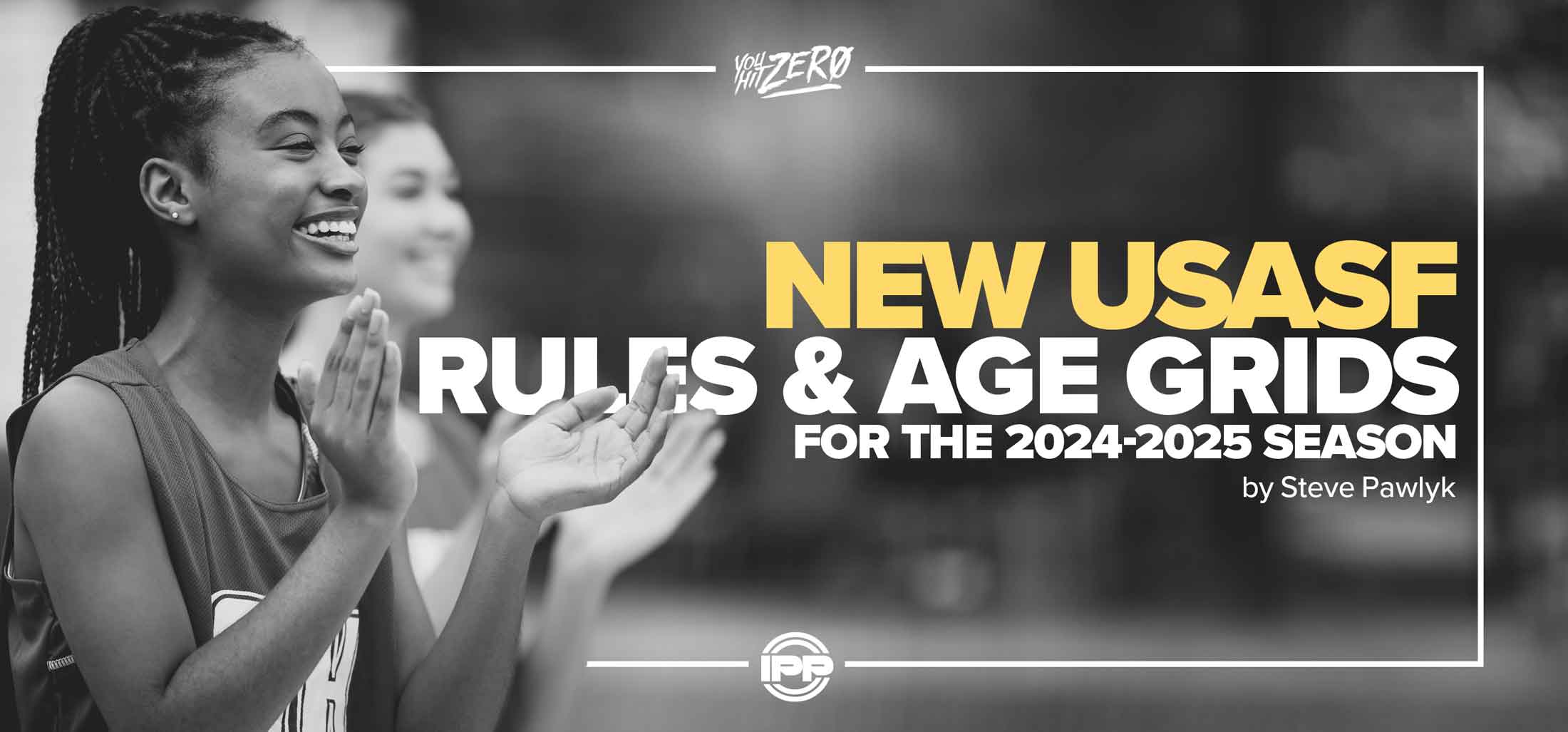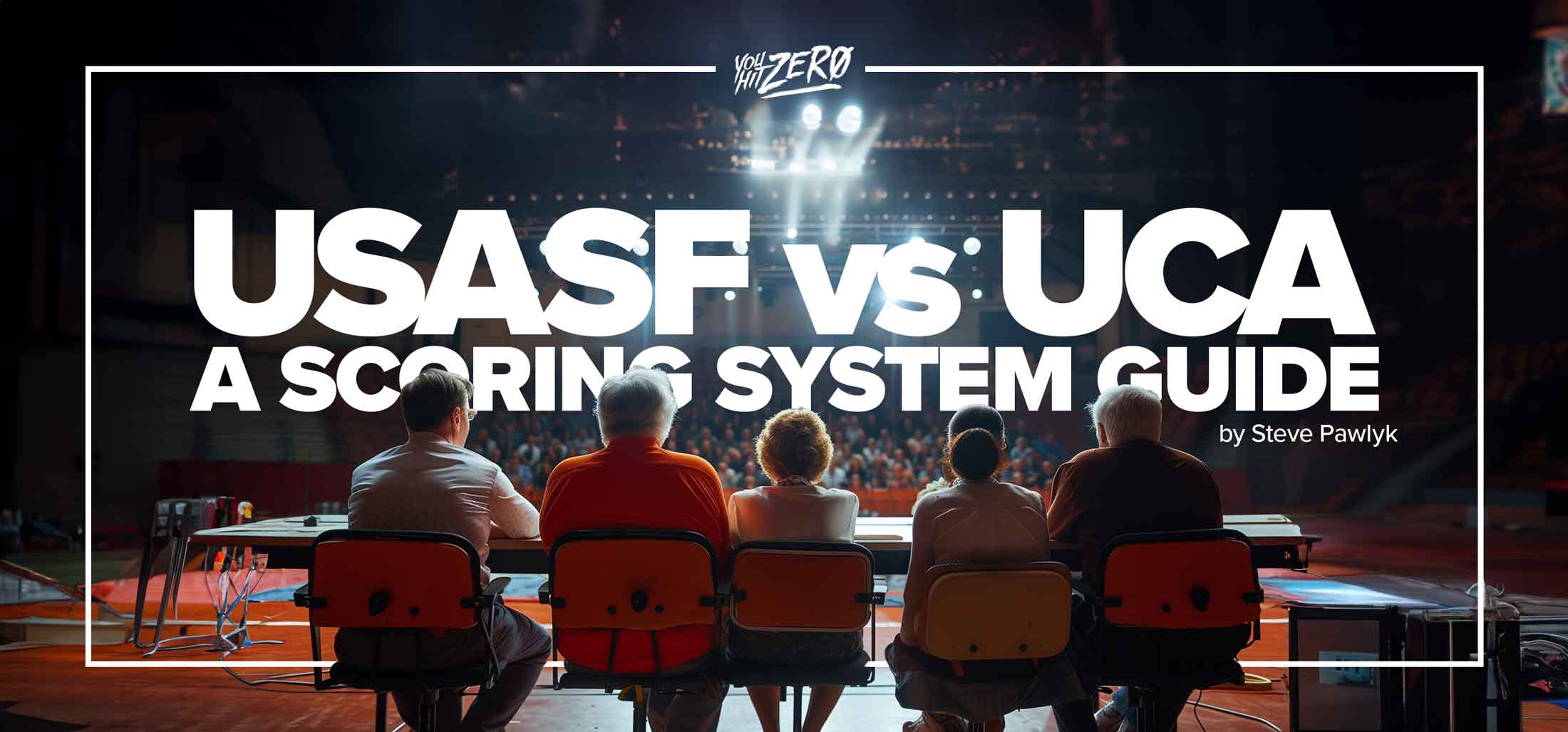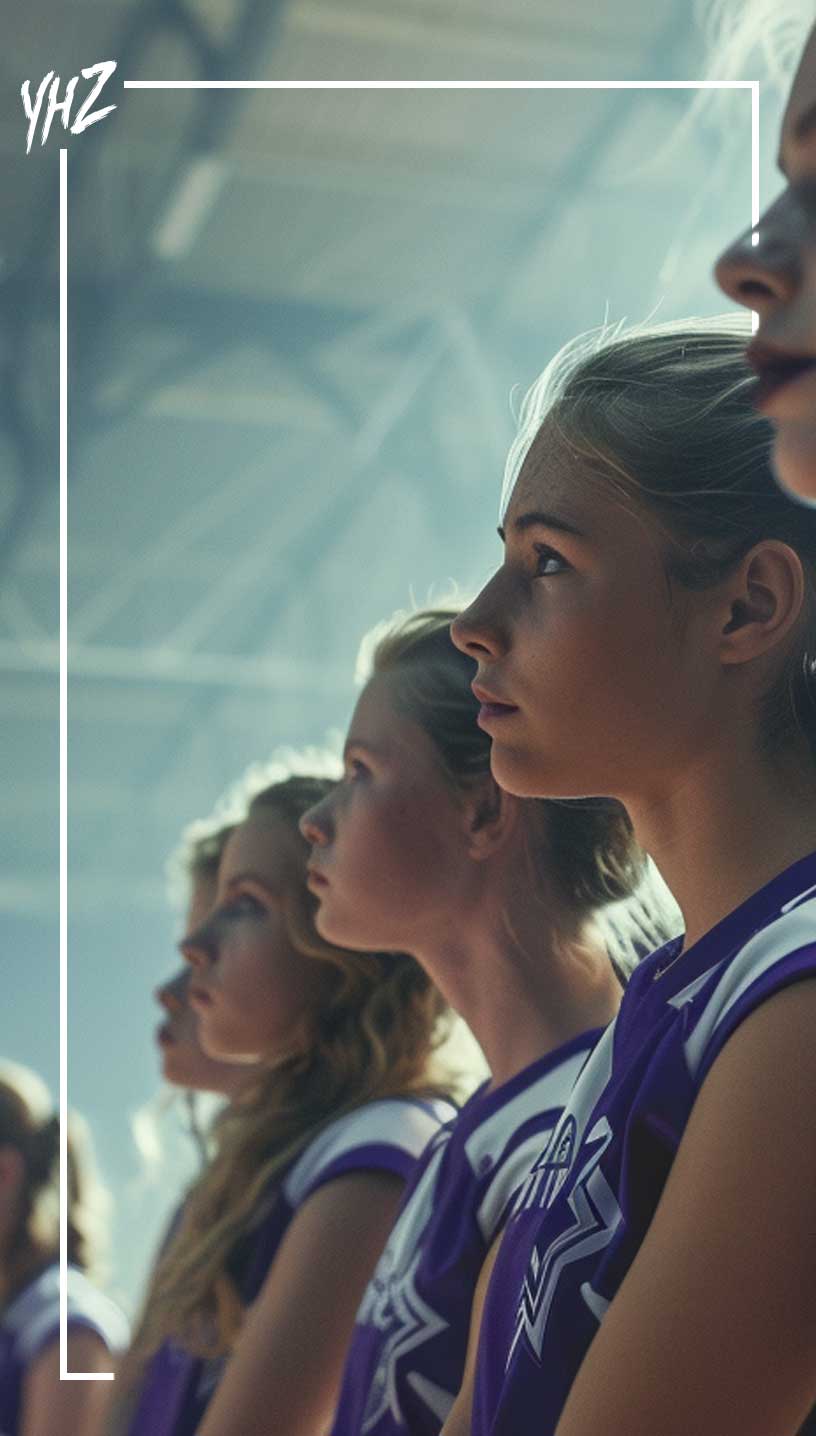By Steve Pawlyk
Published February 23, 2024
On February 22nd, the United States All Star Federation (USASF) has announced significant changes to the rules and age grids for both Cheer and Dance competitions for the upcoming 2024-2025 season. These adjustments are pivotal for coaches, athletes, and programs as they plan for the next competitive year. In this article, we’ll dive deep into these changes, providing clarity and insights to help you prepare effectively.

CHEER 2024-2025: A Closer Look at the Changes
Cheer Age Grid Adjustments:
- Calendar Year Update: The Approximate Ages remain constant, but the Calendar Years will advance by one, moving from 2023 to 2024. This ensures age categories remain aligned with athletes’ birth years.
- International Division Requirements: A minimum of 16 athletes is now required for all International divisions, emphasizing the importance of team size in competition.
- Division Removals: The International Global Level 6 and International Global Coed Level 6 divisions are being phased out, reflecting a shift in competitive focus.
- New Worlds-Eligible Divisions: Introduction of International Open NT Level 7 and International Open Coed NT Level 7 through USASF CHEER, opening new opportunities for elite teams.
- Exhibition Team Clarifications: Exhibition teams must adhere to the Age Grid and Rules, ensuring consistency across all competition levels.
- Minimum Athlete Penalties: Teams taking the floor with fewer than the minimum required athletes may face penalties, stressing the importance of full team participation.
Cheer Rules Updates:
The updates primarily consist of adjustments to the Calendar Year and the removal of references to Global divisions, streamlining the rules for clarity and consistency.
DANCE 2024-2025: Unpacking the Updates
Dance Age Grid Enhancements:
- Calendar Year Adjustment: Similar to cheer, Dance will see an update in the Calendar Years, moving from 2023 to 2024 while keeping Approximate Ages the same.
- Kick Category Description: An addition to this category offers further detail to guide teams in preparation and choreography.
- Crossover Rules Addition: Athletes are now restricted from crossing over from one club to another during the same event, aiming to maintain fairness and integrity.
Dance Rules Grid Changes:
- Rule Relocations and Additions: Adjustments include the relocation of Mini Rule 2.c for accuracy and additions to Youth Rules enhancing the complexity and safety of airborne skills.
- Prep and Novice Division Separation: A clear distinction between Prep and Novice Rules now exists, along with added progressions across divisions, aiding in developmental clarity.

Glossary Updates:
The glossary has been updated to include new definitions and additions, such as Hip-Over-Head Rotation and Blind Landing, ensuring a common understanding of key terms.

The early release of these changes by USASF is designed to aid clubs and teams in their planning for the 2024-2025 season. While some policies are still under review and may see updates in the Final Release, these adjustments signal a significant shift in the competitive landscape for both Cheer and Dance. Coaches, athletes, and program directors are encouraged to review these changes thoroughly to adapt their strategies and routines accordingly. Stay tuned for the full searchable grids to be added below, which will offer an in-depth look at the new age and rule adjustments, ensuring your team is as prepared as possible for the upcoming competitive season.
For further details, teams and coaches are encouraged to visit the official USASF website and reach out to USASF representatives for clarification on any specific concerns. Let’s gear up for another exciting season of Cheer and Dance with positivity and anticipation!
IPP's Premade Mixes are USA Cheer Compliant and customizable! Add Sound FX, swap songs, & more! Add your Team Name to the mix for only $10!











